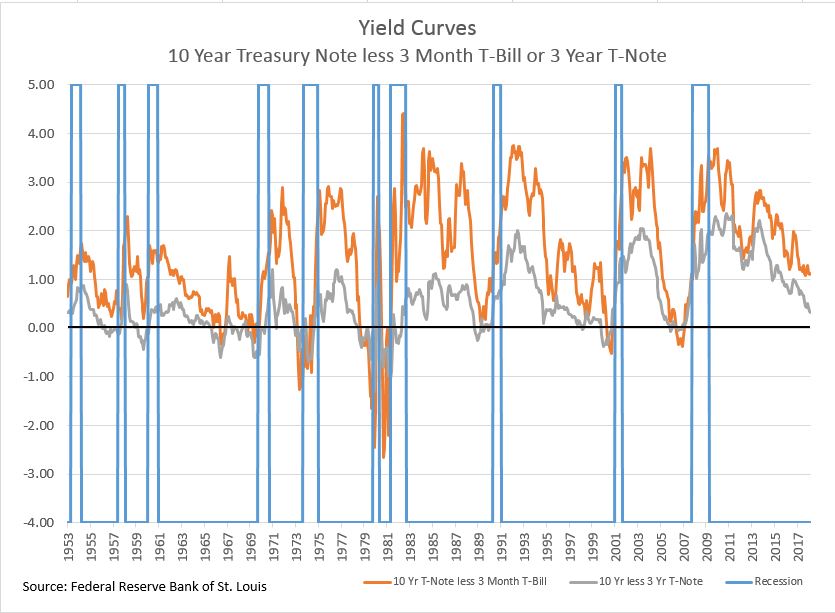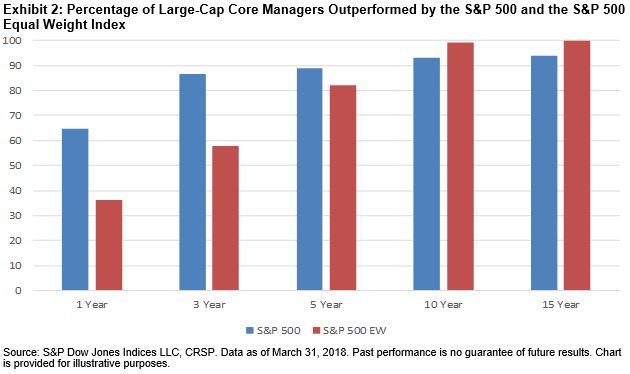Thirty-five years ago, on July 1, 1983, Cboe® launched SEC-regulated S&P 500® (SPX) index options with posted volume of 350 contracts. Since 1983 there has been tremendous growth in SPX options volume, as many individual and institutional investors now use the contracts for purposes such as portfolio management, hedging, and income generation.
Below are five charts that related to the growth in use of and interest in S&P 500 options.
CHART #1 – GROWTH IN AVERAGE DAILY VOLUME SINCE 1983
Average daily volume for the SPX options grew from 111 contracts in its launch year of 1983 to 1.44 million contracts in the first half of 2018, as more fund managers now use SPX options for portfolio management.

CHART #2 – CAPACITY AND GROWTH IN NOTIONAL VALUE OF DAILY VOLUME
When institutional investors are considering risk management tools, a key issue often raised concerns market capacity – does the market have the capacity to handle large-sized trades? One metric that can be helpful in answering this question is the notional value of average daily volume. As shown in chart #2 below, estimates for the notional value of daily volume for Cboe’s S&P 500 options have grown from $12 billion in 2002 to $390 billion in the first half of 2018. A number of developments facilitated the growth in chart #2, including the introduction of Cboe’s BXM, BXMD, and PUT benchmark indexes, papers by Ibbotson Associates, Wilshire, Callan, Blackrock, and Keith Black and Professor Ed Szado, and the launches of SPXW weekly options with expirations on Mondays, Wednesdays and Fridays.

CHART #3 – TEN BIGGEST DAYS FOR S&P 500 OPTIONS VOLUME
Chart #6 shows the ten dates with the biggest volume for the S&P 500 options. Five of the dates occurred in the first half of 2018. On many of the dates, there was anxiety or volatility in worldwide financial markets, and portfolio managers worked to adjust their equity exposures.

CHART #4 – GROWTH IN ASSETS FOR ’40 ACT FUNDS THAT USE OPTIONS
A 2018 study by Keith Black and Professor Ed Szado found that the number of ’40 Act funds (including mutual funds, closed-end funds and ETFs) that focused on use of options grew from ten funds in 2000 to 157 funds in 2017. Key findings of the study include:
- Less volatility for options-based funds: As a group, the options-based funds had less volatility and less severe drawdowns than the stock and commodity indexes studied.
- Better risk-adjusted returns: Cboe’s BXM, PUT and BXMD Indexes all had higher risk-adjusted returns (as measured by the Sharpe Ratio and Sortino Ratio) than the S&P 500 and S&P GSCI Indexes.

CHART #5 – GROWTH IN BXMD BENCHMARK INDEX THAT WRITES SPX OPTIONS
Since 2002 Cboe has been a pioneer and leader on the topic of benchmark indexes for options-related strategies, and Cboe offers ten benchmark indexes that now have more than 32 years of price data history. Four of those Cboe indexes – the Cboe S&P 500 30-Delta BuyWrite Index (BXMD), Cboe S&P 500 BuyWrite Index (BXM), Cboe S&P 500 PutWrite Index (PUT) and the Cboe S&P 500 5% Put Protection Index (PPUT) – all had lower volatility than the S&P 500 and S&P GSCI Indexes over the past 32 years.











